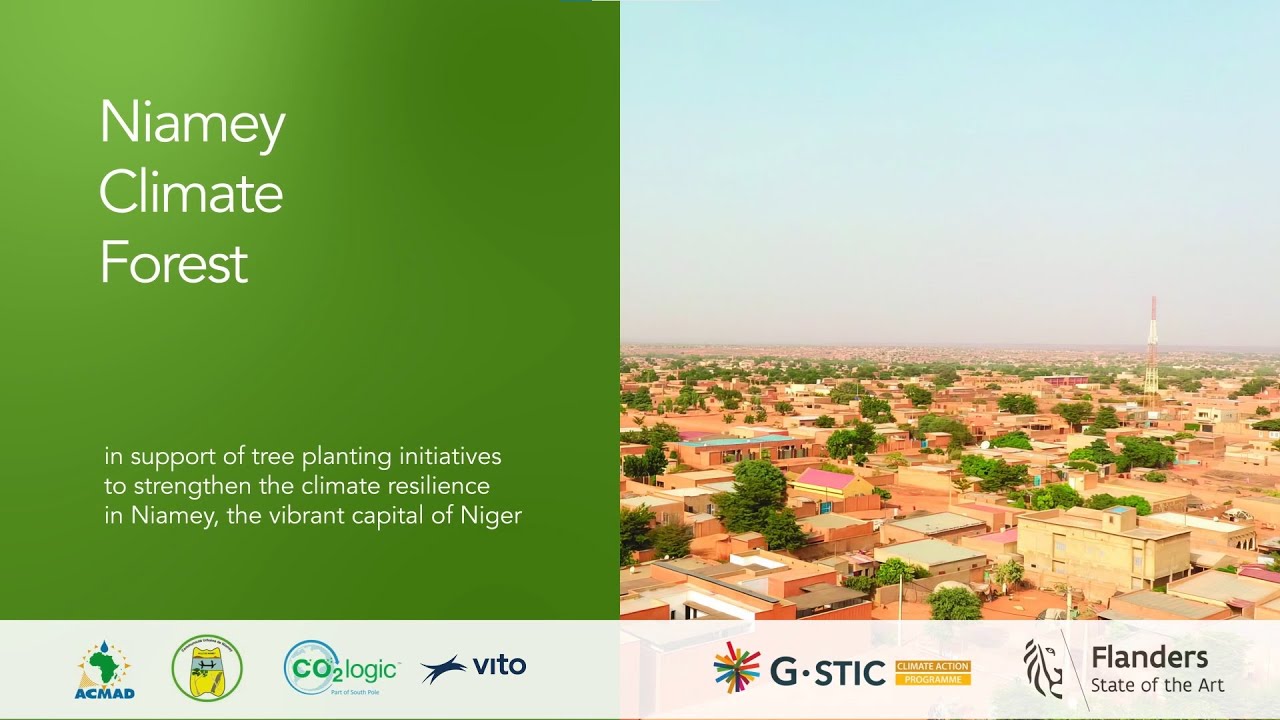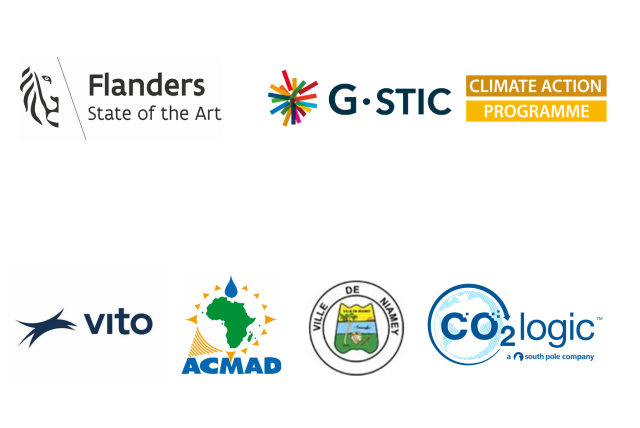Support Niamey’s action plan for massive tree planting as a climate resilience measure
Context
Niger’s capital Niamey is one of the hottest places on Earth. Climate projections show that Niamey could become exposed to conditions of deadly heat on more than 200 days per year. Extreme heat not only affects mortality and morbidity, but also building (cooling) energy demand, damage to infrastructure, the operation of critical services such as hospitals, and labour productivity (estimated to cause a 4-5% loss of Niger’s GDP already today). Importantly, in the city Niamey extreme heat is exacerbated by the urban heat island phenomenon. The increasing frequency and intensity of heatwaves pose significant health risks and underscore the urgent need for climate adaptation measures in the face of rising heat stress.
Objectives
The objective is to support Niamey’s action plan for massive tree planting as a climate resilience measure, to alleviate climate extremes such as heat and drought. Three times as many trees in the city. 300,000 instead of the current 100,000, is the ultimate goal of the city of Niamey. The city authorities hope this will provide residents with better protection against the aggravating heat stress caused by global warming.
While the city of Niamey has already launched ambitious plans in this respect, financial and technical barriers are hampering progress. The Niamey Climate Forest project aims to address these barriers, using scientific results and capacity building as a leverage. The Niamey Climate Forest project provides a scientific basis for this form of climate adaptation and supports Niamey’s ambition based on solid evidence.
Highlights
- Based on existing urban micro-climate modelling results (U-CLIP project), compelling and widely accessible evidence of the critical role of urban green infrastructure in underpinning resilience to present and future climate hazards was produced;
- Local stakeholders were trained in the microclimatic monitoring of urban trees, using advanced yet simple and robust devices (WBGT sensors, heat cameras, soil moisture sensors);
- The carbon sequestration potential of urban trees was assessed, and ways to value this through market mechanisms (carbon credits) were investigated;
- The evidence regarding the role of urban trees as a climate resilience measure was used to underpin applications to international climate finance programmes.
Facts
Budget: 234.987€
Funded by International Climate Financing from the Flemish Governments Climate Action Programme (CAP)
Implemented by
- VITO (coordinator)
- ACMAD, the African Centre for Meteorological Applications for Development
- Ville de Niamey (Département de l’environnement et des aménagements paysagers)
- CO2Logic (SouthPole)



